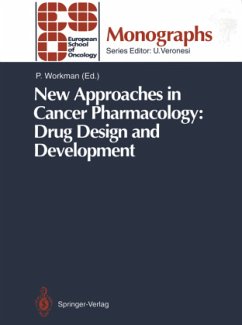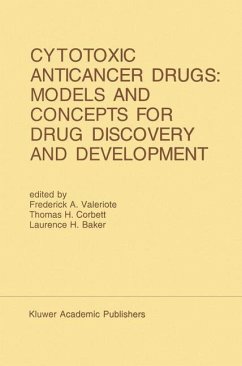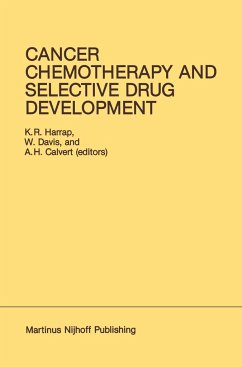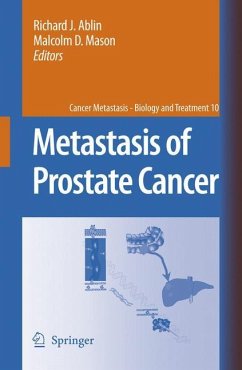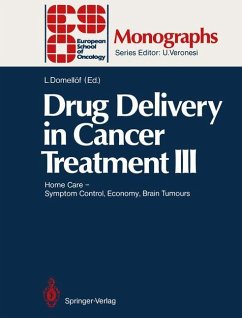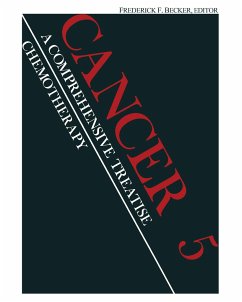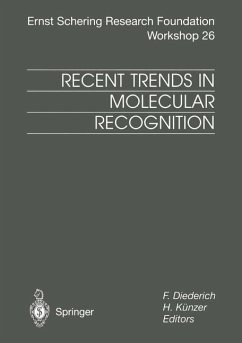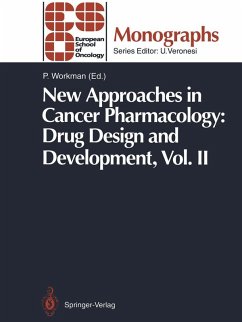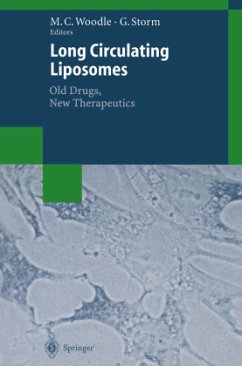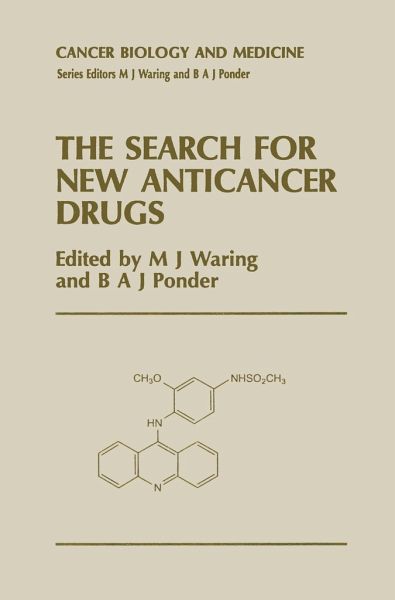
The Search for New Anticancer Drugs

PAYBACK Punkte
20 °P sammeln!
Most of the anti-cancer drugs in use today were discovered by happy accident rather than design, yet the rational design of better anti-cancer drugs remains a cherished goal, and one of the most important challenges facing medical science. This book represents a compilation of views and progress reports which illustrate the diversity of approaches to the problem. Recent research has confirmed the belief that critical genetic changes are at work in cancer cells. The genome, then (DNA in biochemical terms), surely represents a critical target for specific chemotherapy of cancer, and several cha...
Most of the anti-cancer drugs in use today were discovered by happy accident rather than design, yet the rational design of better anti-cancer drugs remains a cherished goal, and one of the most important challenges facing medical science.
This book represents a compilation of views and progress reports which illustrate the diversity of approaches to the problem. Recent research has confirmed the belief that critical genetic changes are at work in cancer cells. The genome, then (DNA in biochemical terms), surely represents a critical target for specific chemotherapy of cancer, and several chapters address the issue of attacking DNA, gene targetting, and the like. Others deal with principles of rational design, exploitation of novel modalities and targets, or the nuts and bolts of antitumour drug testing. While no attempt has been made to provide a comprehensive coverage of this wide-ranging and vitally important subject, the present volume in the series will provide much food for thought.
This book represents a compilation of views and progress reports which illustrate the diversity of approaches to the problem. Recent research has confirmed the belief that critical genetic changes are at work in cancer cells. The genome, then (DNA in biochemical terms), surely represents a critical target for specific chemotherapy of cancer, and several chapters address the issue of attacking DNA, gene targetting, and the like. Others deal with principles of rational design, exploitation of novel modalities and targets, or the nuts and bolts of antitumour drug testing. While no attempt has been made to provide a comprehensive coverage of this wide-ranging and vitally important subject, the present volume in the series will provide much food for thought.





